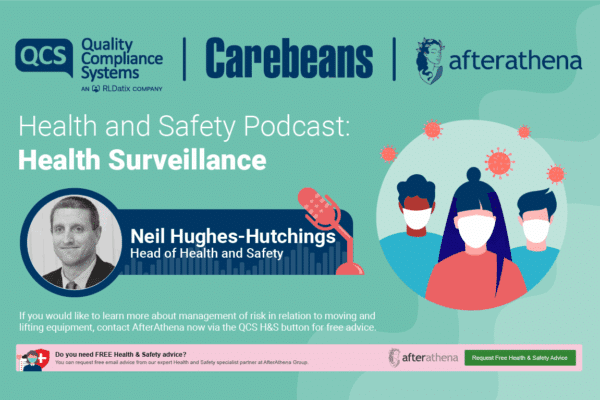
Rule Breaker
They call me the Jackal…my family do anyway. It has something to do with the way I approach boxes and anything that needs opening really. I have a tendency to disregard the rules to entry and rip and claw my way in. Once, my husband even texted me a picture of the crime scene to my shame.
Try as I might, my time at CQC never allowed me the same liberty. Quite right too! A large organisation is not an agile one. There are boxes to check and agreements to be had, money to find and the most aggravating of all…systems to navigate.
New Models of Care
The NHS 5 year forward view published by NHS England and with CQC as one of the partner agencies, sets out the need for greater integration to support a person-centred approach to Health and Care. This means ‘New Models of Care’ where required across the Health and Care system. The document states ‘…the NHS will take decisive steps to break down barriers in how care is provided between family doctors and hospitals, between physical and mental health, between health and social care.’
With the NHS needing to find an estimated 22 billion pounds in efficiencies by 2020/21, there is certainly the backing to get this right.
Individuals that have been working within the sector will know this ambition is not a new one, but getting it right has evaded health and social care over close to 40 years. When you are concerned with only yourself, it is hard enough, but when parties come together – it can be beautiful, or impossible to assemble.
According to NHS England 50 Vanguard sites since March 2015 have been established with differing focus. A map of who and what can be found here. Although there is excitement for the programme, I came across individuals feeling disillusioned with past integration from being invited late in on discussions, to not at all. One individual wrote on the NHS England website ‘What work is being done to engage patients and the public in the design of these services…’
Tides of change
We took a trip to the beach on Sunday with sun tent and rugs. I watched a family take their orange sun shade and hike up the slope and place it far up on the shingle. I thought it slightly premature as the sea was some way off. In 10 minutes we had jumped up with the sea swirling around our ankles. The sea though far off had crept up gullies and to our side and back down on us. Unprepared for the rapid change, a hasty move ended with broken poles and soggy clothes.
I find myself thinking of the enveloping sea when I read the recent statement of intent from Chief Inspector David Behan of the Care Quality Commission. A reassurance that comes 16 months after the first batch of Vanguards were announced of the steps CQC are taking to smooth the process of registration and inspection for these ‘New Models’. David Behan Says in the accompanying letter, ‘Barriers between services and providers are being broken down; planning is being done across areas and not in silos. We recognise the need to become increasingly nimble and to develop our approach to support, not obstruct, these changes.’
But what about square pegs in round holes?
Health and care is changing. Not just government directed, but independent agencies with new solutions, from online services to more advanced health and care at home.
I will be honest. I have sat opposite Managers who have described their service models and conceptually, to that point I had no idea such things were in existence – or whether they were in scope. CQC internal systems do not easily cope with changes to algorithms, and more often where policy and people are willing, the computer says a firm no!
To ensure registration you must fit within the scope of registration, and identify the service type and the regulated activity(ies) you undertake. CQC point out that they do not provide a service where they can inform you of what you do. The scope at times provokes debate, you may not recognise yourself as a provider in its pages or easily establish what your service provides as a regulated activity. Its pages have in mind all of the service types traditionally used which can make it hard to interpret the new wave of innovation.
With more than one provider in a new model of care, all could potentially be providers, or maybe just one depending on who commissions and delivers the regulated activity. Finding out who actually does what can be challenging even for inspectors to untangle.
Help at hand?
CQC have launched Integration, pathways and place three work streams which go beyond the traditional view of one provider. CQC intend to listen and learn from providers. My worry is how long will they take to adapt to what they hear and can they?
- Integration describes the new care models and provide a frequently asked questions sheet. This feels like an old message for a new problem, although as it says in the statement of intent, CQC intend to listen and learn from providers on this one too.
- Pathways is a thematic review on how well care across the sectors delivers for individuals in a joined up way.
- Place is the reporting of how well local areas deliver quality care. I particularly recommend this one as it is sure to develop into part of the new approach.
NHS England have swathes of information that although focused on the health element, provide valuable resource to consider.
Best foot forward
Whether you are paddling in the shallows or neck deep in the change, the tide is turning and I recommend you keep your eyes on it. QCS are on hand whatever the outlook ready to go with the flow…or tide.






